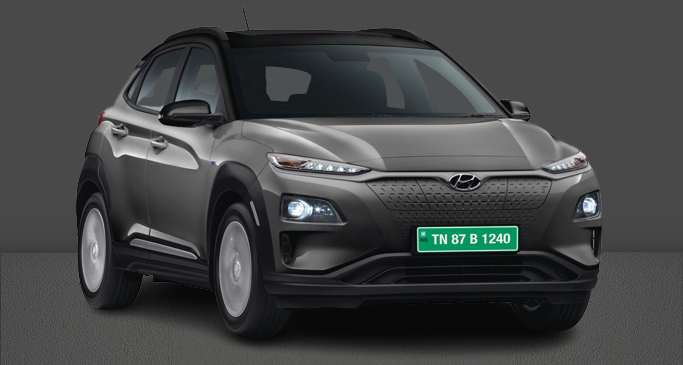At the heart of these vehicles lies a remarkable technological innovation: high-capacity batteries. These sophisticated battery systems store substantial amounts of electrical energy, serving as the lifeblood of the electric car. To replenish these batteries and keep the wheels turning, a connection to an external source of electricity is required – this is where the concept of charging comes into play.
Currently, there are three primary charging options available for electric cars: Level 1, Level 2, and Level 3 DC fast charging. Each of these options caters to different charging needs and scenarios, ensuring that electric car owners have the flexibility to power up their vehicles as efficiently as possible.
Level 1 charging is perhaps the most accessible option, as it utilizes a standard 120-volt household outlet. While convenient, this method has its limitations due to the relatively low power output of such outlets. As a result, achieving a full charge using Level 1 charging may require an extended period, often spanning days due to the considerable energy demands of modern electric car batteries.
For a more expedient charging experience, Level 2 charging provides a significant improvement. This method harnesses the power of a 240-volt source, similar to the one used for electric clothes dryers or stoves. The increased voltage and current capacity translate to considerably faster charging times, reducing the hours needed for a full charge from around 24-36 to as little as 8-12 hours.
Yet, when time becomes a critical factor, Level 3 DC fast charging emerges as a game-changer. These rapid chargers, frequently found at public charging facilities, employ direct current (DC) to swiftly replenish an electric car’s battery. The astonishing efficiency of Level 3 DC fast charging can restore a significant portion of an EV’s range within an hour or less, making it an ideal solution for long-distance travel and minimizing downtime for drivers.
In essence, the charging process for electric cars is a vital component of their viability and convenience. As these vehicles continue to gain traction and redefine the transportation landscape, the development of robust charging infrastructure becomes paramount. By offering a range of charging options, from the convenience of Level 1 to the swiftness of Level 3 DC fast charging, electric car manufacturers and charging network providers are paving the way for a cleaner and more efficient future of mobility.
Battery Electric Vehicles (BEVs): A Sustainable Shift in Automotive Evolution
In a world striving for cleaner and more sustainable modes of transportation, Battery Electric Vehicles (BEVs) are emerging as a transformative alternative to traditional internal combustion engine (ICE) vehicles. By leveraging advanced technology and innovative design, BEVs offer a host of benefits that extend beyond the confines of conventional transportation. Let’s explore the distinctive features, advantages, and the promising future that BEVs hold as an alternative driving solution.
**The BEV Advantage: Powering Change**
At the core of Battery Electric Vehicles is their reliance on electric motors powered exclusively by electricity stored in high-capacity batteries. This stark departure from ICE vehicles, which rely on fossil fuels, sets the stage for a significant reduction in carbon emissions and a more sustainable approach to mobility.
**Zero Emissions, Limitless Potential**
One of the most compelling advantages of BEVs is their inherent ability to produce zero tailpipe emissions. Unlike ICE vehicles that emit harmful pollutants and contribute to air quality degradation, BEVs generate no direct emissions during operation. This attribute positions BEVs as an essential player in the fight against climate change and urban air pollution.
**Elevated Efficiency and Performance**
BEVs demonstrate a remarkable level of efficiency compared to traditional vehicles. Electric motors convert a higher proportion of energy from their source into motion, resulting in less energy waste and greater overall efficiency. This efficiency translates to instant torque and acceleration, delivering a smooth and exhilarating driving experience.
**Charging Infrastructure: The Key to Empowerment**
For BEVs to thrive, a robust and accessible charging infrastructure is imperative. Just like conventional vehicles require refueling, BEVs necessitate recharging. This is facilitated through a network of charging stations that provide varying levels of charging, ranging from Level 1 to Level 3 DC fast charging. These options offer flexibility to suit different charging needs, whether it’s overnight charging at home or rapid charging during a long journey.
**Range and Reliability**
Modern BEVs boast impressive ranges that have dispelled earlier concerns about limited mileage. With advancements in battery technology, many BEVs can travel hundreds of miles on a single charge, making them suitable for everyday commuting and even longer trips. Furthermore, ongoing innovation in battery chemistry and charging infrastructure promises to enhance range and convenience.
**The Road Ahead: BEVs as the Future of Mobility**
As the automotive landscape evolves, BEVs are poised to play a pivotal role in shaping the future of transportation. Governments, industries, and consumers alike are recognizing the environmental and economic advantages of transitioning to electric vehicles. With the push for sustainable energy sources and a growing emphasis on reducing carbon footprints, BEVs are more than just an alternative; they are a pathway toward a cleaner and more sustainable automotive ecosystem.
In conclusion
Battery Electric Vehicles represent a revolutionary departure from traditional transportation norms. With their emissions-free operation, efficiency, and promise of a greener future, BEVs are not just an alternative but a catalyst for change. As technology continues to advance and charging infrastructure expands, BEVs are positioned to lead the way in redefining how we move, inspire innovation, and pave the road to a more sustainable future.
